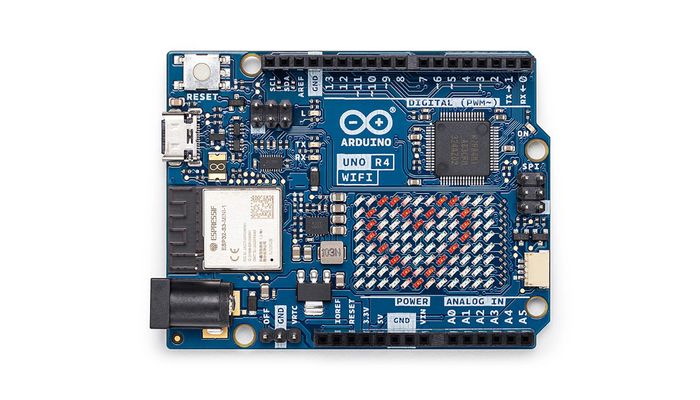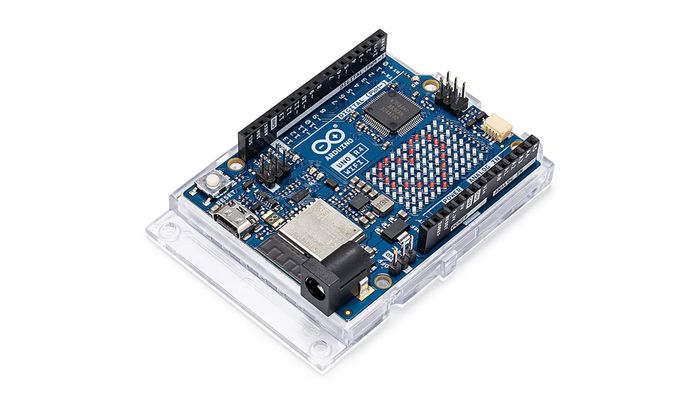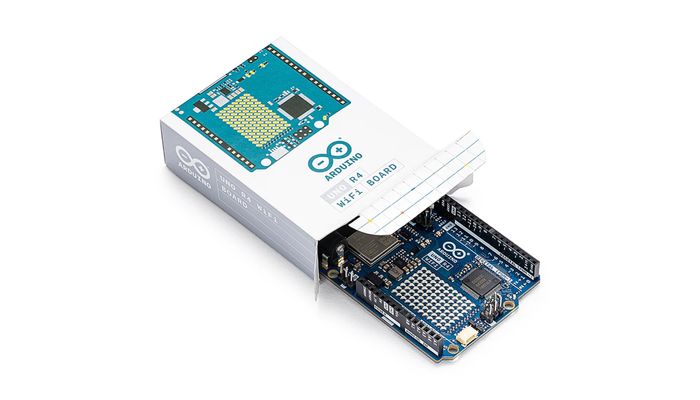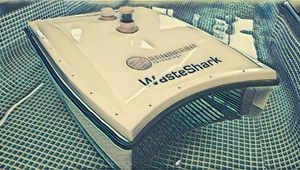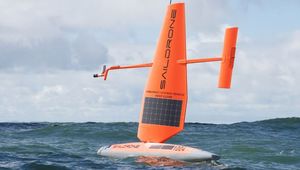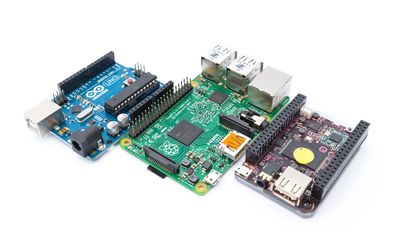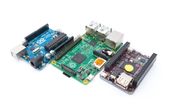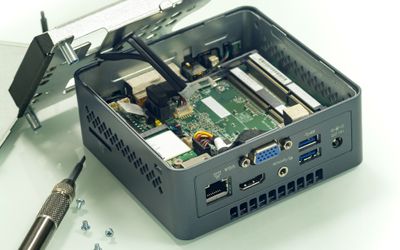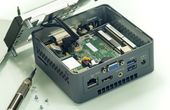Arduino UNO R4 WiFi
Development platform integrating Arm Cortex-M4 with ESP32-S3 wireless connectivity
General
| Product Type | Development Boards |
| Applications | Prototyping & Development |
| Key Features | Renesas RA4M1 Microcontroller, Espressif ESP32-S3, 12x8 LED Matrix |
Technical Specifications
| Microcontroller | Renesas RA4M1 (Arm Cortex-M4) |
| Wireless Module | Espressif ESP32-S3 |
| USB | USB-C Programming Port |
| Communication | UART, I2C, SPI, CAN |
| Operating Voltage | 5V (ESP32-S3 is 3.3V) |
| Input Voltage (VIN) | 6-24 VDC |
| Current per I/O Pin | 8 mA |
| Clock Speed | RA4M1: 48 MHz, ESP32-S3: Up to 240 MHz |
| Memory | RA4M1: 256 kB Flash, 32 kB RAM, ESP32-S3: 384 kB ROM, 512 kB SRAM |
| On-board Features | 12x8 LED Matrix, Qwiic Connector, VRTC, OFF Pin |
Overview
The Arduino UNO R4 WiFi is a powerful development board that seamlessly blends processing prowess with wireless connectivity. It features the Renesas RA4M1 microcontroller (Arm Cortex-M4) alongside the Espressif ESP32-S3, enabling both robust computation and WiFi capabilities. Beyond its core functionality, the UNO R4 WiFi includes a built-in 12x8 LED matrix for visual feedback, a convenient Qwiic connector for easy sensor integration, a VRTC (Voltage Real-Time Clock), and an OFF pin for power control.
Technical specifications include 14 digital I/O pins, 6 analog inputs, and various communication interfaces like UART, I2C, SPI, and CAN. The main core clocks at 48 MHz, while the ESP32-S3 can reach up to 240 MHz. With ample memory and a compact form factor, the Arduino UNO R4 WiFi empowers creators to bring their innovative ideas to life.
Features of Arduino UNO R4 WiFi
The Arduino UNO R4 WiFi combines the familiar UNO form factor with enhanced processing power, wireless connectivity, and a range of integrated peripherals. This makes it a versatile platform for a wide range of maker projects. Let’s explore some of the salient features:
Processing and Connectivity
The Arduino UNO R4 WiFi integrates a Renesas RA4M1 microcontroller (Arm Cortex-M4) for processing tasks, complemented by an Espressif ESP32-S3 module for wireless connectivity. This combination allows for both local computation and network communication. The ESP32-S3 enables Wi-Fi and Bluetooth functionality, expanding project reach and enabling features like remote monitoring and control via platforms such as the Arduino IoT Cloud.
Hardware and Peripherals
The board maintains the UNO form factor, pinout, and 5V operating voltage of its predecessor, the UNO R3, ensuring compatibility with existing shields. The UNO R4 WiFi offers increased memory and a faster clock speed compared to previous UNO boards. On-board peripherals include a 12-bit DAC, CAN BUS, and operational amplifier, providing enhanced functionality. The board also features extended 24V tolerance on the input voltage, facilitating integration with various actuators and power sources. HID support allows the board to emulate a mouse or keyboard over USB.
Expansion and Integration
A Qwiic I2C connector simplifies connection to devices within the Qwiic ecosystem. Adapter cables can extend compatibility to sensors and actuators using other connector types. The UNO R4 WiFi also includes an "OFF" pin for board power control and a "VRTC" pin for maintaining power to the internal Real-Time Clock (RTC) when the board is off, supporting battery-powered RTC applications.
On-board Features and Diagnostics
The board includes an integrated 12x8 red LED matrix for visual output, suitable for animations or data visualization. A built-in error-catching mechanism detects runtime crashes and provides diagnostic information, including details about the code line causing the error, aiding in debugging.
Applications
The Arduino UNO R4 WiFi is designed for IoT, automation, and embedded systems applications. Its Wi-Fi and Bluetooth capabilities enable remote monitoring, smart home automation, and cloud-based sensor networks. The expanded memory and faster clock speed support real-time data processing in robotics, industrial automation, and environmental monitoring. The 12-bit DAC and CAN BUS make it suitable for signal processing and automotive applications. Additionally, the 12x8 LED matrix and HID support allow for interactive displays, human-machine interfaces, and digital input automation.
References
Arduino [Internet]
